Creative Software for Minimalist Design
Minimalist design is an art of simplicity, where form meets function in its purest state. Creative software plays a pivotal role in empowering designers to bring minimalist visions to life, offering sleek interfaces, essential toolsets, and refined workflows that eliminate clutter. This page explores the top creative software options dedicated to minimalist design, detailing their capabilities, user experiences, and how they inspire creativity through simplicity.
Intuitive Interfaces for Seamless Creation
Minimalist creative software often prides itself on offering uncluttered workspaces. These spaces are free from intrusive panels and overly complex toolbars, allowing the canvas to remain the center of attention. By reducing visual noise, such software aids designers in maintaining clarity throughout the creative process. An uncluttered workspace enables a seamless flow, where designers can think deeply about composition, whitespace, and subtle color choices without being overwhelmed by the interface. Instead of wrestling with the software, focus remains on the purity of the design.
Previous
Next
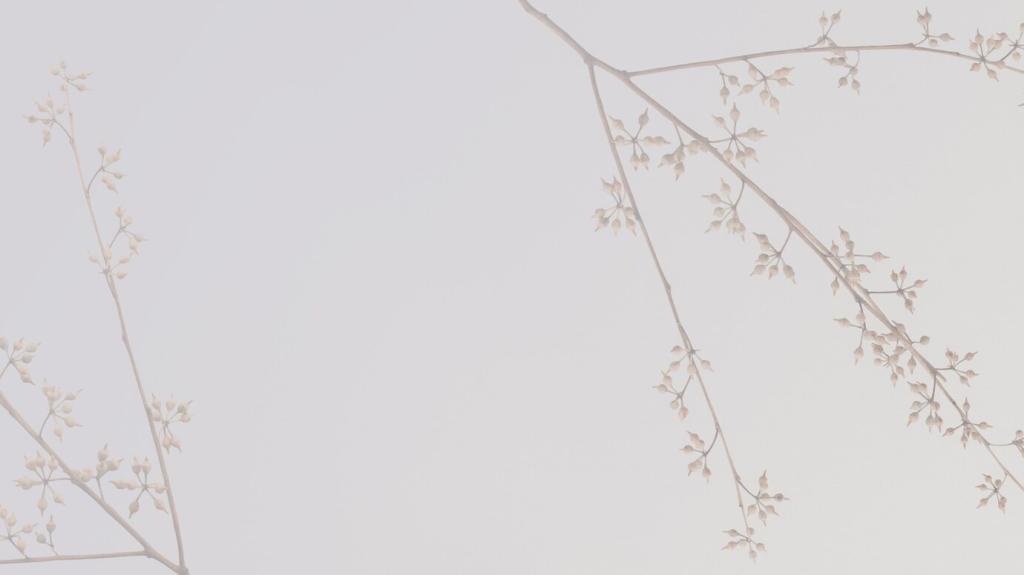
Accurate grid systems and alignment tools are indispensable for minimalist design. These features guide composition, helping designers structure elements harmoniously with precise spacing and balance. Good grid and alignment tools allow users to snap objects seamlessly, distribute space evenly, and maintain consistency throughout the project. Such precision reinforces the minimalist principle that every element must have a reason for its position.
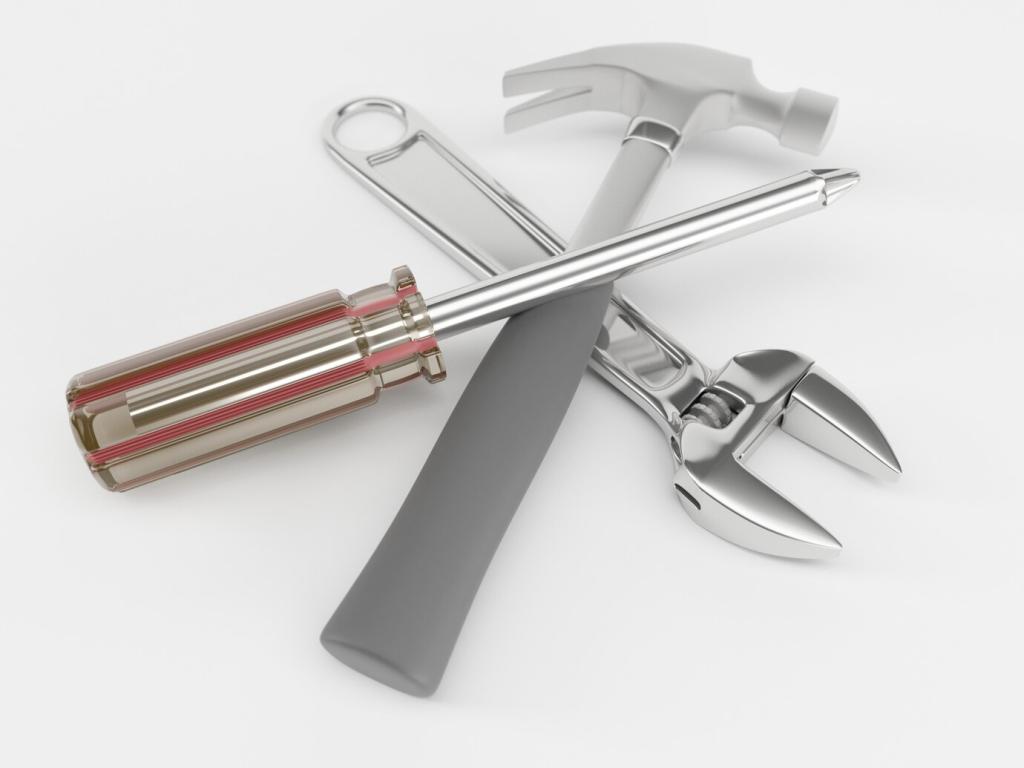
Typography is a cornerstone of minimalist aesthetics, where clear, well-selected fonts communicate as much as images or color. Creative software with advanced typography controls gives designers command over letter spacing, kerning, line heights, and style variations. This granularity ensures text is not just readable but also contributes to the elegance and restraint characteristic of minimalist works.

Minimalist design often employs thoughtful, limited color palettes. Robust palette and color management features in creative software empower designers to explore subtle hues, maintain color consistency, and derive harmony between elements. Color tools that provide swatch management, palette saving, and real-time preview make experimenting with minimal color schemes effortless, facilitating beautiful yet understated visual experiences.
Distraction-Free Modes
Distraction-free modes are a hallmark of minimalist creative software. By offering full-screen workspaces and temporarily hiding non-essential UI components, these modes allow designers to immerse themselves in their work. Such environments reduce cognitive load, letting the simplicity of the design process match the simplicity of the final product. Distraction-free features support focused creativity, turning every session into an exercise in clarity and intent.
Smart Layer Management
Managing multiple elements in a minimalist layout requires a balance between complexity and simplicity. Creative software with smart layer management offers intuitive controls for grouping, locking, and isolating layers without clutter. Such management keeps projects organized, supports non-destructive editing, and helps maintain a minimalist mindset throughout the creative process. Efficient layer handling is vital to experimentation while preserving essential simplicity.
Minimal Design Templates
Minimal design templates serve as both inspiration and a practical starting point. Software that features elegantly crafted templates enables designers to explore ideas faster and experiment with different layouts while maintaining minimalism as the core focus. Carefully curated templates strike a balance between structure and creative flexibility, giving users a head start without compromising their vision for simplicity.
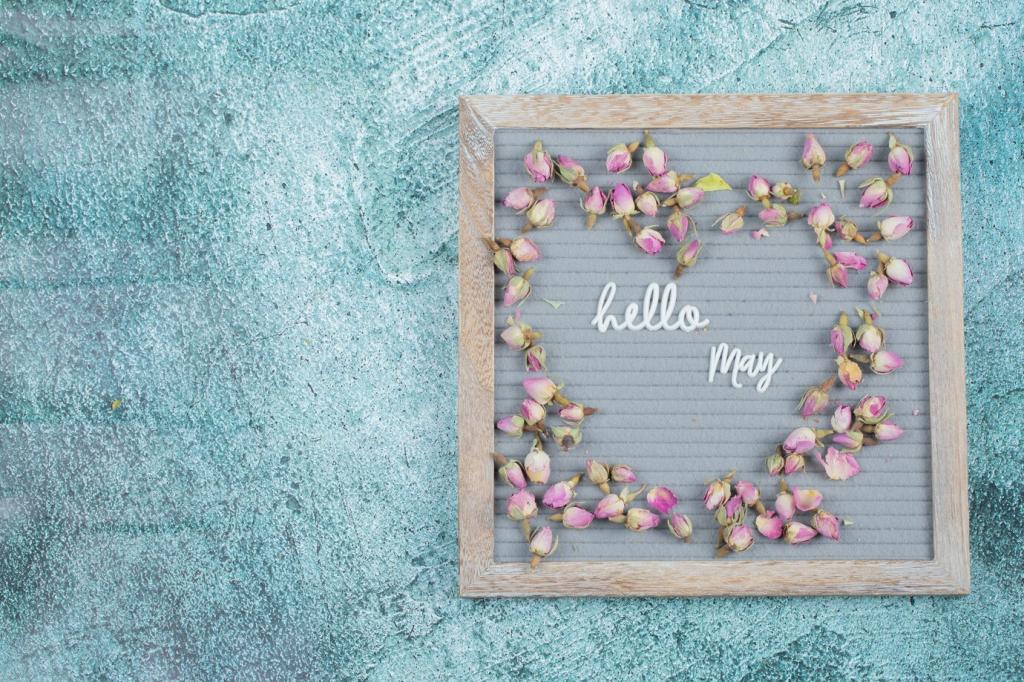
Previous slide
Next slide
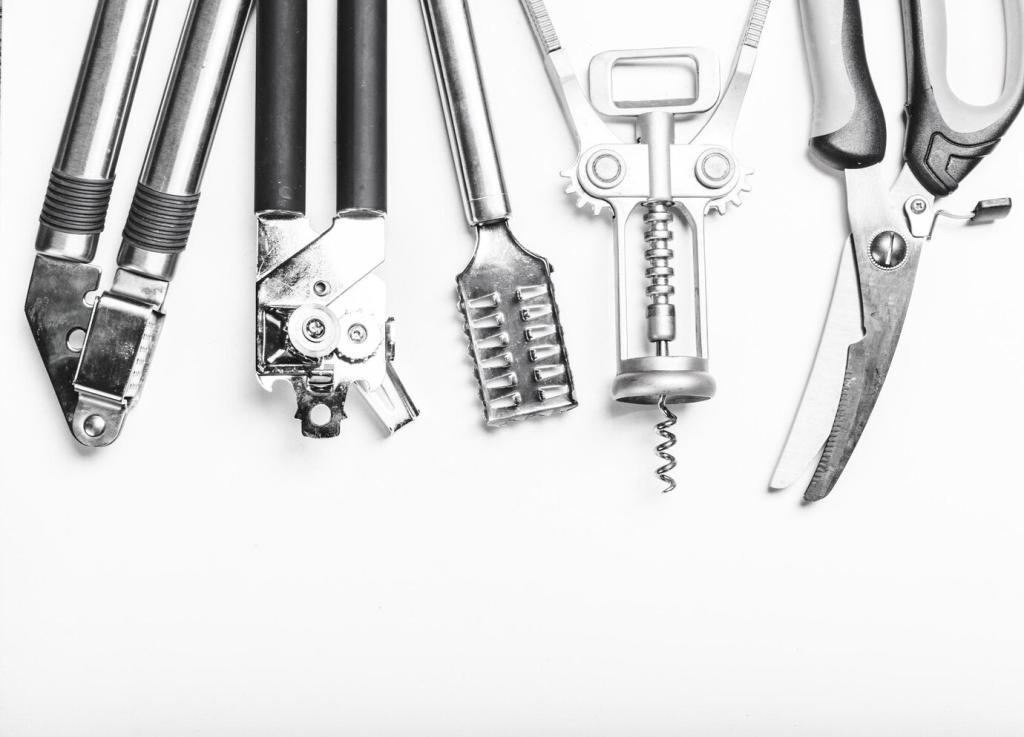
Asset and Symbol Libraries
Reusable asset and symbol libraries enable designers to maintain consistency across projects while saving time and effort. Creative software that supports the swift creation and management of these libraries ensures that recurring elements stay aligned with minimalist principles throughout the design system. Efficient libraries contribute to work that is both cohesive and scalable, cultivating efficiency without sacrificing style.
Rapid Prototyping Tools
Rapid prototyping tools are indispensable in the minimalist designer’s toolkit. By providing streamlined options to create interactive mockups or simple animations, these features allow quick experimentation without unnecessary complications. Designers can validate layouts and interactions early in the process, iterating with minimal overhead. Speedy prototyping empowers the pursuit of simplicity while ensuring the final user experience remains elegant and intuitive.
Automation and Batch Processing
Automation features reduce repetitive work, aligning with the minimalist pursuit of doing more with less. Batch processing for resizing images, adjusting typography, or exporting assets frees up creative energy for more critical tasks. By streamlining such processes, creative software promotes efficiency, allowing designers to focus on refining concepts and delivering projects with maximum impact and minimum waste.
Typography and Font Exploration
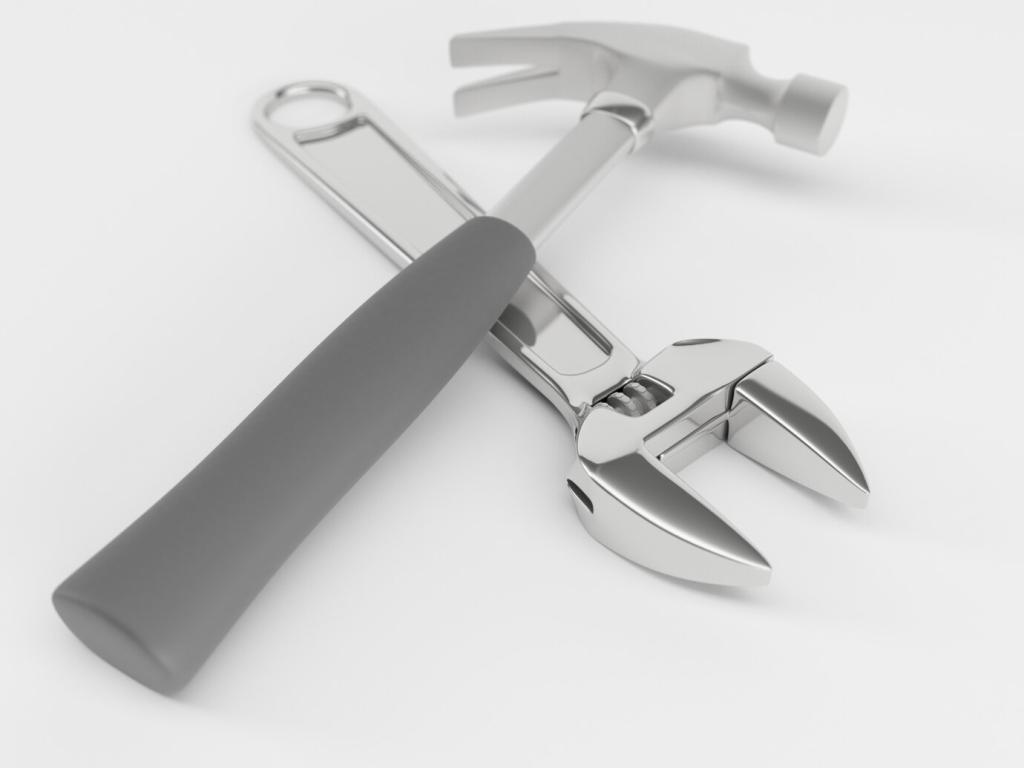
Having access to a robust, integrated font library within creative software simplifies the search for the perfect typeface. Designers can browse, preview, and apply fonts in real time, evaluating how each choice supports the overall minimalism. Access to diverse, high-quality fonts broadens creative possibilities while ensuring that text remains strong and adaptable in every project.
Customization and Personalization
Flexible Interface Adjustments
The ability to adjust interface elements—such as repositioning panels, resizing artboards, or customizing shortcuts—gives designers full control without adding clutter. Creative software that supports flexible adjustments caters to diverse workflows, allowing users to create a setup that compliments their habits and priorities while still retaining a clean aesthetic.
Workspace Presets
Workspace presets offer a quick way to switch between different design modes or projects. Whether focusing on illustration, typography, or layout, designers can save and recall custom arrangements that fit the task at hand. This flexibility speeds up transitions and minimizes disruptions, all while upholding minimalist workspace values. Presets ensure each session is both efficient and intuitive.
Branding and Export Customization
Exporting minimalist designs, whether for print, web, or mobile, often requires specific branding needs. Creative software with robust export customization allows users to define formats, resolution, and metadata, ensuring output aligns with professional standards. Customizable brand assets, such as watermarks or color profiles, are easy to manage, helping reinforce the brand’s minimalist identity from design to delivery.
